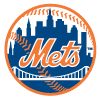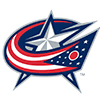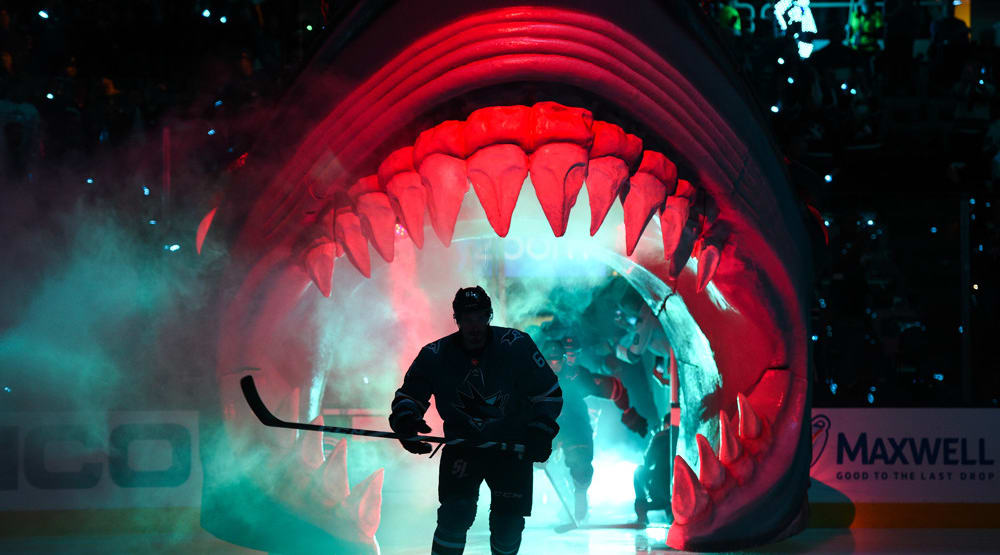RotoWire Injury Report
By Hannah Rawls, ATC, LAT
Like me, I know you've been sitting in the corner rocking back and forth anxiously awaiting the return of our beloved sport. Summer men's leagues at your local rink don't really do it for you, and watching your own child skate around in his (or her) new pads may bring you some pride and joy. But, honestly nothing fills a hockey fan's heart like the real deal. Adding a new chance to win the office fantasy hockey pool, probably adds to the love, but hockey is still the main reason we're here people! We all know that winning the hockey pool takes more than a love for the sport. You actually need to know what's going on, what prospects are worth putting some hope in, what veterans may be past their prime, and who may be too hurt to be worth their salary.
Acquiring Derek Roy from Buffalo seemed like a smart decision on Dallas' part, until the news of him having shoulder surgery putting him out until November came out. It can't be a large surprise to anyone that Roy had been playing injured for a while and honestly it makes sense when you look at his disappointing stats from last year, playing in 80 games and netting only 16 goals with 27 assists, and ending with a minus-7. After starting the season with an injured hamstring that greatly affected his skating, he dislocated his shoulder on the ice. During the
RotoWire Injury Report
By Hannah Rawls, ATC, LAT
Like me, I know you've been sitting in the corner rocking back and forth anxiously awaiting the return of our beloved sport. Summer men's leagues at your local rink don't really do it for you, and watching your own child skate around in his (or her) new pads may bring you some pride and joy. But, honestly nothing fills a hockey fan's heart like the real deal. Adding a new chance to win the office fantasy hockey pool, probably adds to the love, but hockey is still the main reason we're here people! We all know that winning the hockey pool takes more than a love for the sport. You actually need to know what's going on, what prospects are worth putting some hope in, what veterans may be past their prime, and who may be too hurt to be worth their salary.
Acquiring Derek Roy from Buffalo seemed like a smart decision on Dallas' part, until the news of him having shoulder surgery putting him out until November came out. It can't be a large surprise to anyone that Roy had been playing injured for a while and honestly it makes sense when you look at his disappointing stats from last year, playing in 80 games and netting only 16 goals with 27 assists, and ending with a minus-7. After starting the season with an injured hamstring that greatly affected his skating, he dislocated his shoulder on the ice. During the rest of the season Roy got to experience his shoulder dislocating on a regular basis. The medical staff in Buffalo, at the time, didn't see this as an issue and let him continue for the rest of the season while they used different rehab techniques to eliminate pain and strengthen his labrum and the surrounding structures in his shoulder (it didn't help). After the trade to Dallas, a MRI was done and Roy's labrum was all damaged. Roy is now recovering from posterior labrum surgery. This is an arthroscopically done surgery that consists of the surgeon anchoring the posterior portion of the labrum back to the bone. If proper healing and rehab times are put in place and actually followed (maybe Ryan Kesler will be able to take a page from this book) then Roy should be better than ever. As of right now Roy is in a sling, even while he sleeps, for the next three weeks. It may be annoying and uncomfortable, but it is one more step towards him getting back on the ice and racking up more points come November.
One of our favorite wingers, the Blackhawks' Marian Hossa, is still recovering from a concussion caused by an illegal hit he took during the playoffs. Hossa is optimistic about his own return to training camp; however, he hasn't seen the ice since he took the hit. The optimistic lookout comes with good reason, Hossa's concussion-like symptoms seem under control and he's thankfully back in workout mode. With all concussions the problem is that nothing can be measured on a specific timetable, and in no way are they predictable. If he's back for training camp we can all breathe easier, if he's not, well, we can only hope that Chicago has a back-up plan to replace him. Hossa notched 29 goals and 48 assists in 81 games this past season.
One goalie to watch out for would be Jaroslav Halak of St.Louis. During the first round of playoffs Halak suffered a high-ankle sprain. These sprains are often called syndesmotic ankle sprains and consist of the ligament that holds the fibula and tibia (the shin bone and the other one you probably didn't even know, or care, was there) together and to the ankle. Halak was supposed to be cleared for activity sometime last week but because these injuries tend not to heal as easily as a normal ankle sprain he seems to be a little behind schedule. Halak is admitting to some continued discomfort, and since this is causing his offseason workouts to be delayed this is not a good sign as training camp starts to linger near. Because Halak is a goalie I have a very big feeling that his "discomfort" might continue to be felt for longer than he (or anyone that happens to be a fan of the Blues) wants. Instability will be a huge issue even if rehab is taken seriously and, again for a goalie, that's never a good sign. I for one like my goalies to be able to stay up on their skates.
In the 2010 entry draft the Rangers picked defenseman Dylan McIlrath 10th overall. Since then McIlrath has been playing for the WHL Moose Jaw Warriors accumulating 139 penalty minutes and 39 points in 66 games (including the postseason). During the Rangers' prospect camp the last week of June, McIlrath collided with newly signed Kyle Jean and dislocated his kneecap. After walking away from his injury, McIlrath opted for surgery in July, which doesn't particularly make sense. Most patellar dislocations can be simply treated with exercises (quadriceps and hamstring stabilizers mostly), pain and anti-inflammatory medications, and splinting. However, a handful of lucky athletes need to be treated surgically, and as we can see McIlrath is just one lucky kid. Whether the dislocation was caused by tension on the lateral side (outside) of the knee (this is caused by tight lateral ligaments) or the act of the dislocation caused bone or cartilage to break off within the knee joint (these pieces can get stuck and cause further damage) both are treated arthroscopically (a tiny camera in tiny incisions). There is no set timetable for McIlrath's return to the ice, but if the Rangers aren't hiding anything (like his kneecap was fractured in the collision, or the surgery fixed something we're not being told about just yet) and he had one of these very simple surgeries then his recovery should quick and easy and there may be a chance we see him during training camp.
The Lightning may be seeing Dana Tyrell back on skates soon. The fourth line center had ACL reconstructive surgery on his right knee back in late January for the second time in almost three years. This surgery could have consisted of many things, and I don't want to bore you with the details, but ACL surgery in any case is never particularly minor. Normally, recovery from ACL reconstructive surgery is about 6-9 months, and in this case it seems to be closer to the latter since Tyrell has yet to see the ice this offseason. In this point of his rehab, Tyrell should be doing "sports specific" exercises, which means his skates should be sharpened and laced very soon. Coming off a major injury, one that he's had multiple times in his extremely short career, and lacking fantasy point value (in 26 games he had only five assists and ended with a minus-5) I'd think twice about snatching him up.
Whether you focus on experience or probability, the most important thing is to pick a healthy player, but it is hockey so there's really not a lot of that going around. So, the next best thing is to pay attention and figure out who will at least be able to score points and produce wins with whatever ailment they may be slightly trying to ignore.




























